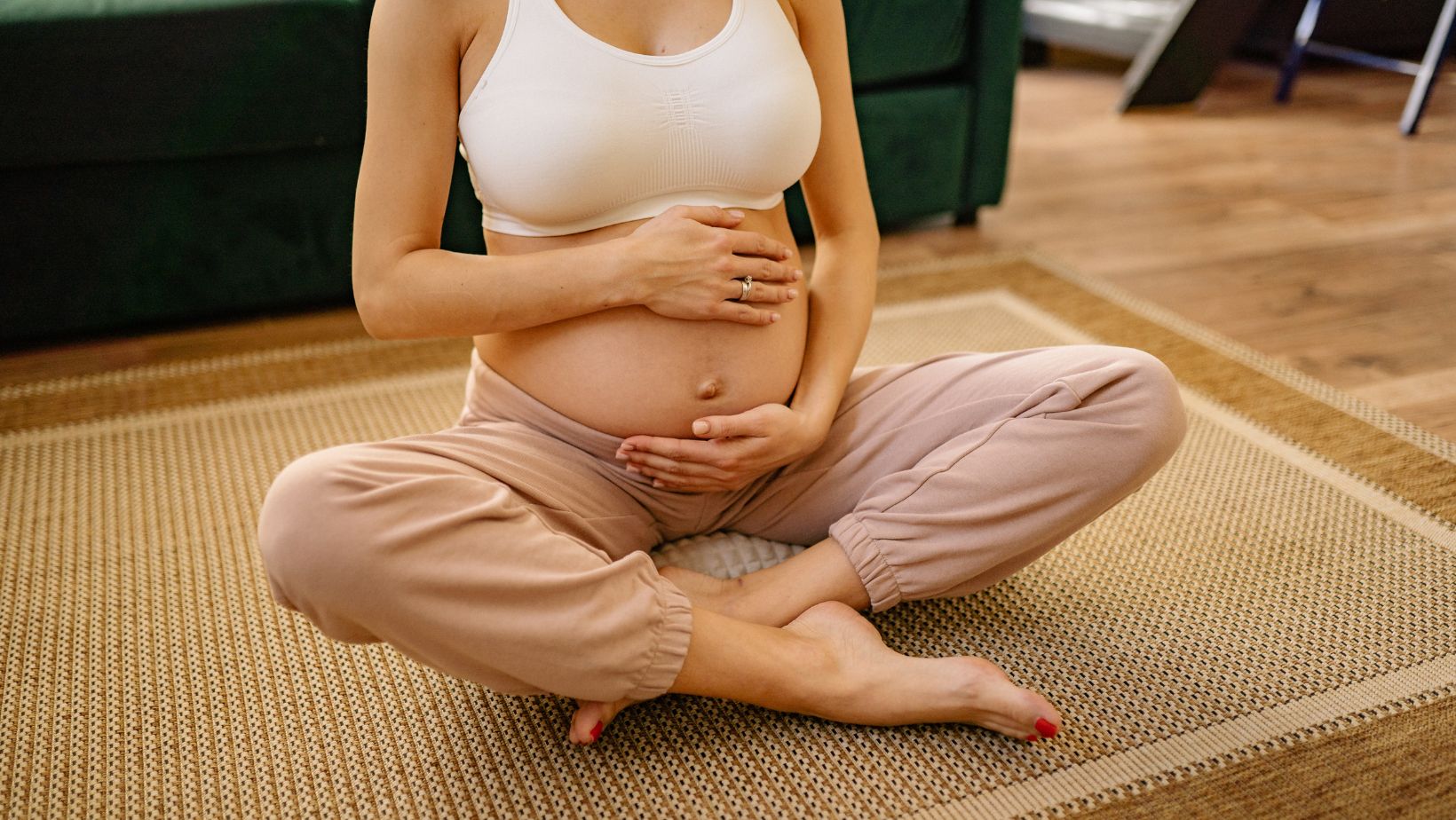During pregnancy, women experience various changes in their bodies, including the appearance of coning in the abdominal region. This phenomenon, also known as diastasis recti, involves the separation of the abdominal muscles to accommodate the growing baby. While coning is a common occurrence during pregnancy, it can raise concerns for expectant mothers regarding their physical well-being and postpartum recovery.
Understanding coning in pregnancy is essential for women to navigate this phase with confidence and knowledge. By recognizing the signs of coning and adopting appropriate exercises and techniques, pregnant individuals can help minimize its impact and support their abdominal muscles’ health.
Coning In Pregnancy
What Is Coning?
Coning in pregnancy refers to the noticeable bulging of the abdominal area, particularly along the midline, during activities that engage the core muscles. This phenomenon, also known as diastasis recti, occurs when the uterus expands and pushes against the abdominal wall, causing a visible cone-like protrusion. It is essential for pregnant individuals to recognize coning as it may indicate a separation of the abdominal muscles, impacting the body’s core strength.
How Does Coning Occur?

Coning primarily transpires when the rectus abdominis muscles, which run vertically down the abdomen, separate due to the pressure from the growing uterus. As the abdominal muscles separate, the midline of the belly may dome or protrude, especially during movements such as getting up from a lying position, coughing, or performing certain exercises.
The Impacts of Coning on Pregnancy
Potential Risks to Mother and Baby
Coning in pregnancy, or diastasis recti, can pose potential risks to both the mother and baby. When the abdominal muscles separate, it can lead to a weakened core, affecting posture and increasing the risk of back pain for the mother. This weakened core can also impact the mother’s ability to support the growing baby, potentially causing discomfort during activities of daily living. For the baby, coning may result in a less stable intrauterine environment, affecting its positioning and potentially leading to complications during labor and delivery.
When to Be Concerned
Pregnant individuals should be concerned about coning if they notice a visible bulge or ridge along the midline of their abdomen when engaging their core muscles. This visible coning may indicate a significant separation of the abdominal muscles, requiring attention to prevent further complications. If coning persists or worsens despite efforts to manage it through proper body mechanics and exercises, consulting a healthcare provider is advisable to address the issue and prevent any potential risks to both the mother and baby.
Preventative Measures for Coning
Tips for Minimizing the Risk
- Engage in low-impact exercises: opting for activities like swimming, walking, or prenatal yoga can help strengthen the core without putting excessive pressure on the abdominal muscles.
- Maintain proper posture: being mindful of posture throughout the day can reduce the strain on the midsection, aiding in preventing diastasis recti.
- Lift objects correctly: when lifting, pregnant individuals should use their legs instead of their back to avoid excessive strain on the abdominal muscles.
- Stay hydrated: adequate hydration supports overall muscle health and elasticity, which can help prevent the separation of abdominal muscles.
Diagnosis and Treatment of Coning
Identifying Symptoms of Coning

To identify symptoms of coning in pregnancy, individuals should look out for a visible ridge or bulge along the midline of the abdomen when performing core-engaging activities. This bulge may appear or worsen during movements such as getting out of bed, sitting up, or doing exercises like crunches. Monitoring any unusual abdominal protrusions during physical activities is essential to detect coning.
Professional Care and Recommendations
Seeking professional care is crucial for the diagnosis and treatment of coning during pregnancy. Consulting a healthcare provider, such as an obstetrician or a physical therapist, can help in confirming the presence of coning and providing personalized recommendations. Healthcare professionals may suggest specific exercises to strengthen the core muscles safely, techniques to improve posture, and guidance on modifying physical activities to prevent exacerbating the condition. Regular monitoring and guidance from a healthcare provider are key in effectively managing coning in pregnancy.
